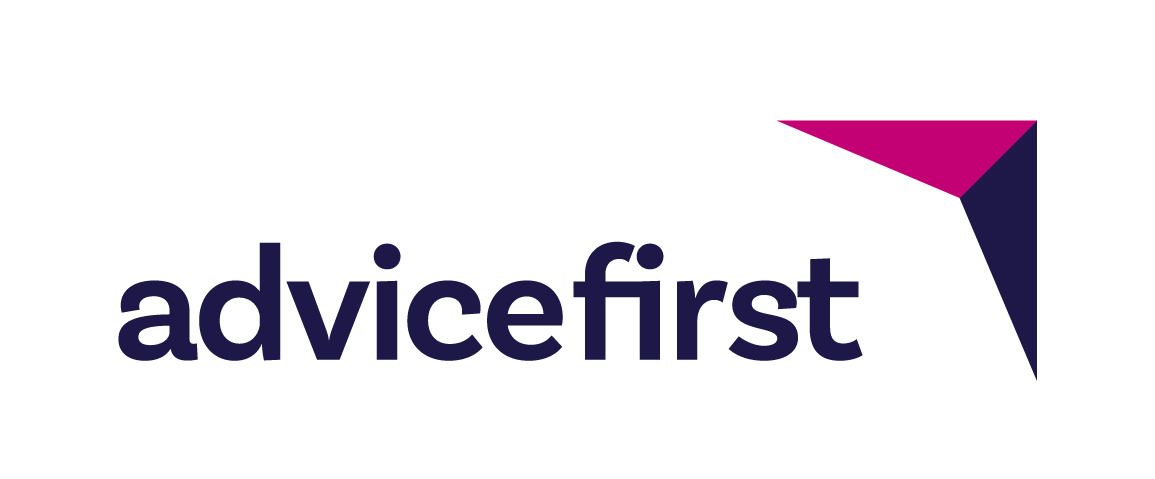The ownership of a life insurance policy may seem like a straightforward matter, but there are actually several different types of policy ownership. Each policy ownership has its own risks and benefits, whichever one your policy falls under, your insurer needs to follow the associated laws.
Changes in policy ownership are possible, but there is a potentially difficult and lengthy legal process involved, so it’s best to make sure your policy ownership is structured smartly in the beginning. In this article, AdviceFirst adviser Shane Gibson explains the different policy ownership options, their benefits, and any risks or other considerations.
“Anyone who owns a life insurance policy is responsible for it – they need to keep the policy valid by paying the premiums, they decide who payment claims go to, and they make decisions about changes or cancellation,” says Shane. “When discussing ownership, it’s important to realise that an owner is not necessarily the person covered by the policy. The covered individual is referred to as the “life assured,” and they only have the authority to make decisions about the policy if they are also the owner.”
The life assured person can’t cancel cover on their own life without the permission of the policy owner, unless they are also the legal owners of the policy. The family, friends or business associates of the policy owner or life assured also have no decision-making power.
Owning Your Own Policy
Being the sole owner of a policy as well as the only life assured is a common structure. This setup means if you have life cover and you pass away, the money goes to your estate. Having a will means the money is distributed according to that, otherwise it is handled by an administrator. This differs from cover like trauma or income protection, where claim money is paid to the person or entity you advise the insurance company to pay it to.
“This structure gives you complete control over ownership rights, meaning you can do whatever you want with the policy at any time. However, it’s important to realise life cover will be paid into your estate, which can lead to administrative delays,” says Shane.
Sole Ownership of Someone Else’s Policy
As mentioned earlier, policies can be owned by someone other than the life assured, such as a spouse owning their partner’s life insurance policy. When the life assured passes, money is paid directly to the policy owner. “A risk to this setup is that the owner may pass before the life assured,” says Shane. “In these cases, ownership doesn’t automatically pass to the life assured, which can lead to complications.”
Joint Ownership
There isn’t a limit to how many people can be joint owners of a policy, but often these types of policy are owned by business partners or spouses. All decisions related to the policy must be agreed upon by all the owners, and if one passes away that control passes to the remaining owners.
Proceeds from claims that result from the death of an individual joint owner who is also a life assured are paid according to the surviving owners’ instructions.
“If the relationship between owners breaks down for any reason, this can complicate the process of making policy decisions. Since all owners need to agree, it may lead to decisions simply not being made, and money passing to an owner even if the relationship ended long before the claim was made,” says Shane.
Company-owned Policy
Policies can also be owned by a company, and often means the life assured plays a key business role. In this case, the company decides where any claims are paid. There is a risk of the life assured leaving the business and being unable to have their cover cancelled, but it is rare that a company would want to keep paying insurance premiums for an individual no longer working for them.
So what about trusts?
“In most cases a trust cannot own a life insurance policy, unless it is structured as an incorporated business. Trusts generally put together a document which outlines what trustees need to do with the policy. Insurance companies aren’t responsible for enforcing such documents, they only follow the policy owners’ instructions,” says Shane.
In summary, policy owners have all the authority when it comes to making decisions. It’s vital that you have your insurance policy ownership set up in a way that works for you, and that you review it periodically. For more information, contact an AdviceFirst adviser on 0800 438 238 or letstalk@advicefirst.co.nz.




